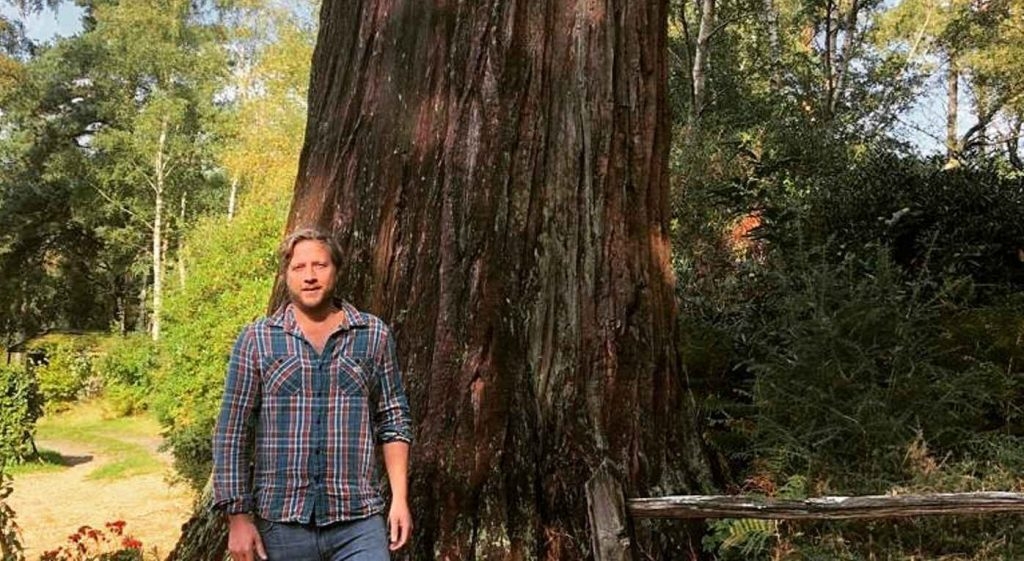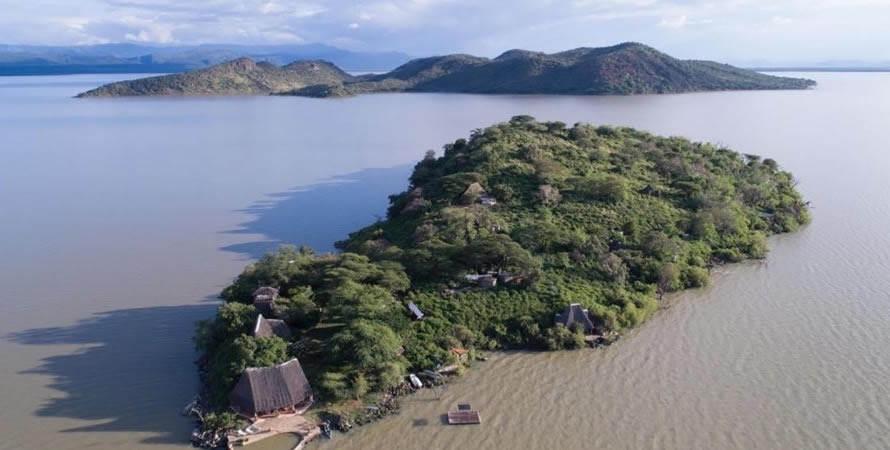The Great Reserve: A Homegrown Answer to Carbon Offsetting’s Integrity Crisis
In a world consumed by environmental concerns and escalating anxieties over carbon footprints, many have turned to carbon offset programs as a tangible means of battling climate change. But recent revelations have cast a shadow over these initiatives, as some of the leading carbon credit schemes have been accused of inflating their impact, offering nothing more than ‘phantom credits’ to assuage corporate guilt.
Enter Henry Emson, the founder of ‘The Great Reserve’, a UK-based initiative determined to restore trust in the carbon offset world and offer companies a genuine solution to mitigate their carbon footprints.

Rising Concerns in the Carbon Credit Market
Carbon offsetting, in theory, offers a means for companies and individuals to balance their carbon emissions by funding equivalent carbon savings elsewhere, often through initiatives like reforestation. As companies race to announce their commitment to achieving ‘net-zero’ emissions, the popularity of such programs has skyrocketed.
Yet, there’s an alarming underside. Major certifications have been found wanting, with investigations uncovering gross exaggerations in their carbon-saving claims. This greenwashing, as it’s come to be known, risks undermining genuine efforts to fight climate change.
From Fatherhood to Forests: Emson’s Epiphany
Emson’s journey into the world of sustainable offsetting was deeply personal. Upon becoming a father, he sought to offset his family’s emissions. However, a distrust of obscure, distant schemes led him down a path of discovery. Inspired by an article on ‘General Sherman’, the world’s largest tree, Emson recognized the incredible carbon-capturing potential of the giant sequoia.
These magnificent trees, native to the Sierra Nevada mountain range, are capable of consuming up to 1,400 tons of CO2 during their lifetimes. To put that in perspective, an average individual from the developed world contributes about 520 tons of CO2 over 80 years. In essence, one giant sequoia could offset the lifetime emissions of nearly three people.
Emson’s vision quickly translated into action with the foundation of ‘The Great Reserve’, aimed at planting 100,000 giant sequoias in the UK. To date, 3,000 have already taken root.

The giant sequoia
UK-Grown Sequoias: A Non-Invasive Solution
Beyond their impressive carbon sequestration abilities, giant sequoias present an environmentally harmonious solution for the UK. They only propagate naturally with the aid of fire, ensuring they won’t threaten native species. This characteristic also allows them to be introduced to former conifer plantations, boosting biodiversity.
Genuine Carbon Offsetting: Transparency is Key
The Great Reserve’s locally-centered approach promises more than just carbon offsetting. It offers transparency, a virtue severely lacking in many offset schemes. A shocking revelation from The Guardian stated that 94% of the rainforest credits from Verra, a leading market player, had negligible climate benefits.
Jill Faircloth, the company’s director, highlights the unique advantage of local initiatives like The Great Reserve. With UK-based projects, individuals and companies can physically verify the health and growth of their sponsored trees.
Bringing Offsetting Closer to Home
The future of carbon offsetting seems to hinge on accountability. As faith in third-party verification wanes, the responsibility falls on carbon credit purchasers to validate their investments.
Technological advancements, such as drones, offer some promise in verifying distant projects. Yet, Emson believes the most effective solution may be the simplest: bring offsetting home. By offering people the chance to be directly involved in the planting and nurturing process, The Great Reserve hopes to re-establish trust and authenticity in the carbon offsetting realm.
In Emson’s words, “People want more than passive involvement. They want to engage, to be part of the solution.” And indeed, in a world craving genuine change, what could be more empowering than planting the seeds of a better future, quite literally?





